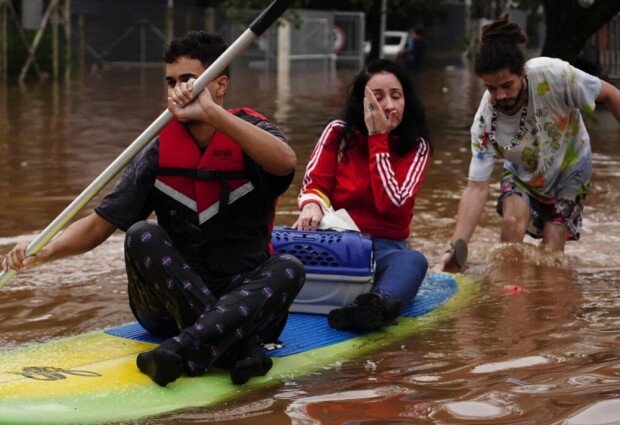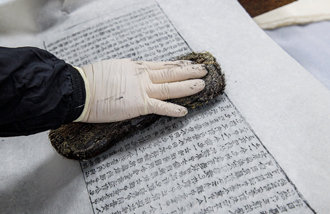78 killed and 105 missing in flooding in Brazil
78 killed and 105 missing in flooding in Brazil
Posted May. 07, 2024 07:39,
Updated May. 07, 2024 07:39

The worst flood in southern Brazil left 78 people dead and 105 missing. “Rio Grande do Sul's civil defense authority said more than 120,000 had been displaced as storms in the last few days have affected nearly two-thirds of the 497 cities in the state,” Reuters reported on Sunday. This flood is worse than the 1941 flood, which was the worst in the country's history. The water level of River Guaiba crossing the state reached 5.33 meters as of 8 a.m. on Sunday, which is higher than the record of 4.76 meters in 1941.
Local media reports paint a grim picture of the aftermath, with numerous roads and bridges destroyed by landslides, and thousands of people forced to flee their homes in submerged cities. The collapse of a dam for a hydroelectric power plant has plunged a significant number of people into darkness, and the state civil defense authority has reported that over one million people are now without access to drinking water.
Global climate scientists believe that the large-scale flooding was caused by El Niño, which is a climate phenomenon of rising sea surface temperatures near the equator due to climate change. Brazil experienced three heavy floods last year. “Such a tragedy will become more frequent and worse,” said a public policy coordination officer of a Brazilian environmental civic group coalition. “A more fundamental measures to address climate change should be developed.”
김보라기자 purple@donga.com







